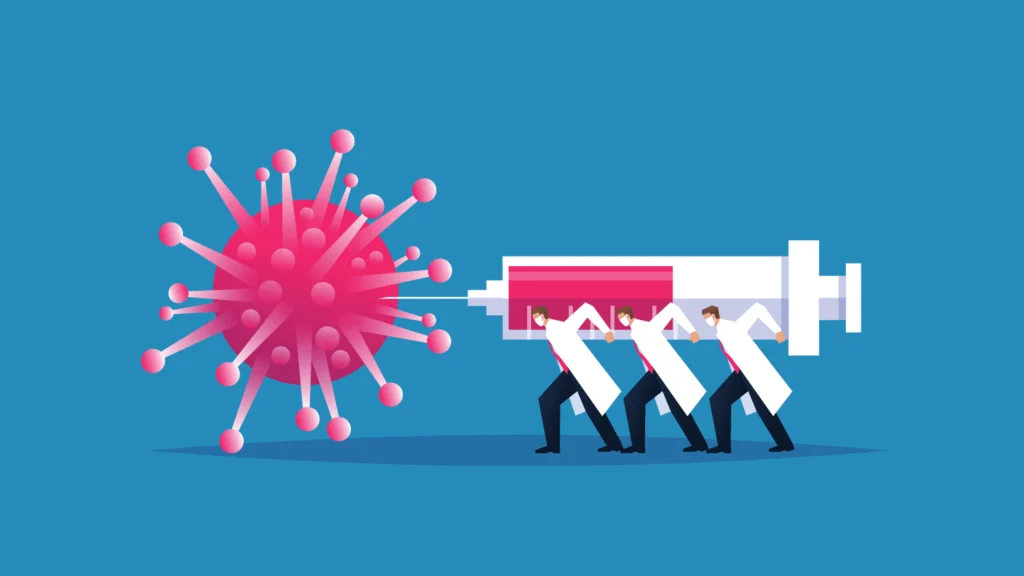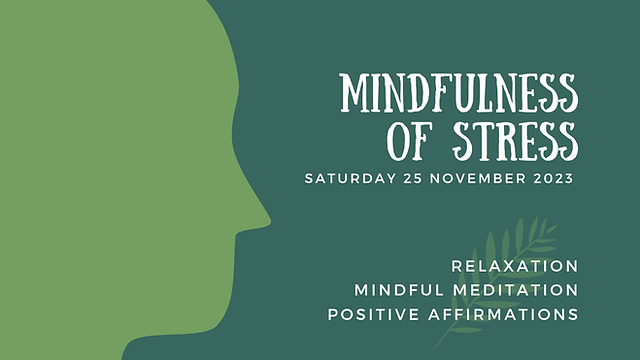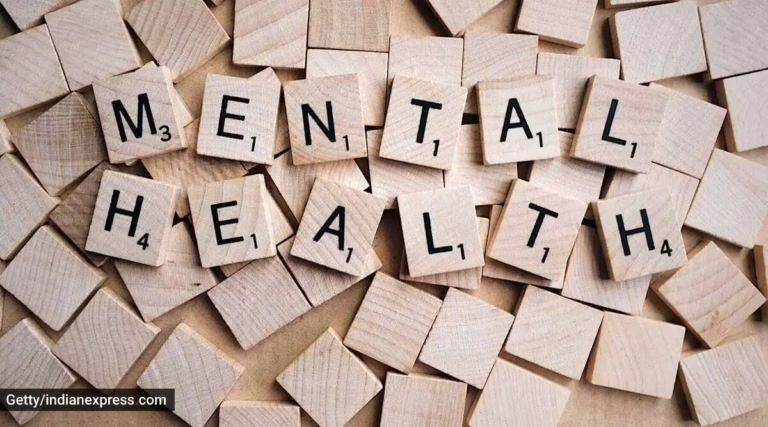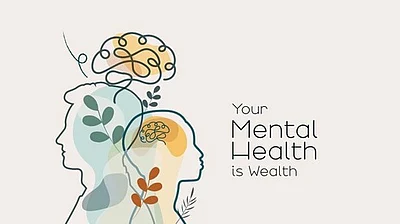Vaccines have been one of the most significant advancements in medical science, saving millions of lives annually by preventing diseases that once caused widespread mortality and morbidity. They are a cornerstone of public health, enabling individuals and communities to combat infectious diseases effectively. Understanding how vaccines work, their types, and their role in disease prevention provides insight into their importance in fostering global health.
What Are Vaccines?
A vaccine is a biological preparation designed to provide immunity against a specific disease. It typically contains an agent resembling a disease-causing microorganism, which can be a weakened or inactivated form of the pathogen, a fragment of the pathogen, or a synthetic substitute. When introduced into the body, this agent stimulates the immune system to recognize and combat the actual pathogen if encountered in the future.
How Do Vaccines Work?
The human immune system is equipped with a sophisticated defense mechanism to fight off pathogens. When a pathogen enters the body, the immune system recognizes it as foreign and produces antibodies to neutralize it. This process also involves creating memory cells, which remember the pathogen and enable the immune system to respond more quickly and effectively upon re-exposure.
Vaccines mimic this natural infection process without causing illness. By exposing the immune system to a harmless version of a pathogen, they train it to recognize and respond to the real pathogen. This process is known as immunization.
Types of Vaccines
Vaccines are categorized based on the way they are prepared. Each type has unique characteristics and is suited for specific diseases.
Live-Attenuated Vaccines: These contain a weakened form of the pathogen that cannot cause disease in healthy individuals. Examples include the measles, mumps, and rubella (MMR) vaccine and the yellow fever vaccine.
Inactivated Vaccines: These contain pathogens that have been killed or inactivated. They do not replicate in the body but still stimulate an immune response. Examples include the polio and hepatitis A vaccines.
Subunit, Recombinant, and Conjugate Vaccines: These contain specific pieces of the pathogen, such as proteins or sugars, which trigger an immune response. Examples include the human papillomavirus (HPV) vaccine and the meningococcal vaccine.
mRNA Vaccines: A relatively new technology, these vaccines use messenger RNA to instruct cells to produce a harmless piece of the pathogen, triggering an immune response. Examples include the COVID-19 vaccines developed by Pfizer-BioNTech and Moderna.
Toxoid Vaccines: These are designed to protect against toxins produced by certain bacteria. Examples include the diphtheria and tetanus vaccines.
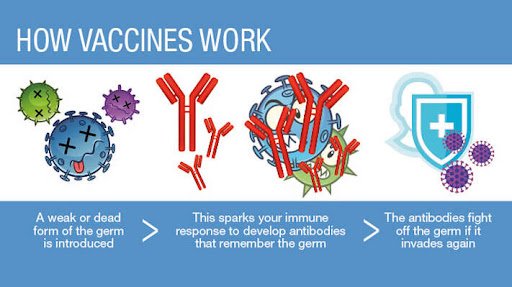
The Role of Vaccines in Disease Prevention
Eradication of Diseases
Vaccines have been instrumental in eradicating diseases. Smallpox, once a deadly disease causing millions of deaths, was declared eradicated in 1980, thanks to a global vaccination campaign. Efforts are ongoing to eradicate other diseases like polio.
Herd Immunity
When a significant portion of a population is vaccinated, it reduces the overall amount of the pathogen in the community, making it harder for the disease to spread. This concept, known as herd immunity, protects those who cannot be vaccinated, such as individuals with certain medical conditions or allergies.
Prevention of Epidemics and Pandemics
Vaccines play a crucial role in controlling outbreaks. During the COVID-19 pandemic, the rapid development and deployment of vaccines significantly reduced severe cases and deaths, highlighting their importance in combating emerging infectious diseases.
Safety and Efficacy of Vaccines
Vaccines undergo rigorous testing and evaluation before approval to ensure their safety and efficacy. Clinical trials, conducted in multiple phases, assess their ability to prevent disease and identify potential side effects. Post-licensure monitoring continues to ensure safety as vaccines are administered to the general population.
Common Misconceptions
Despite their proven benefits, vaccines are often the subject of misinformation. Common myths include claims that vaccines cause autism, contain harmful substances, or are unnecessary for certain diseases. Extensive research has debunked these myths, reaffirming the safety and necessity of vaccines in protecting public health.
Challenges in Vaccine Development and Distribution
Scientific Challenges
Developing vaccines for certain diseases, such as HIV or malaria, remains a challenge due to the complexity of the pathogens and their ability to evade the immune system. Additionally, vaccine development requires significant time, resources, and expertise.
Logistical and Financial Barriers
In many low- and middle-income countries, access to vaccines is hindered by financial constraints, inadequate infrastructure, and logistical challenges. Efforts by organizations like the World Health Organization (WHO) and Gavi, the Vaccine Alliance, aim to address these barriers by providing funding and support for vaccine distribution.
Vaccine Hesitancy
Vaccine hesitancy, fueled by misinformation and distrust, poses a significant threat to global immunization efforts. Addressing this issue requires transparent communication, education, and community engagement to build public trust in vaccines.
The Future of Vaccines
Advances in technology are paving the way for next-generation vaccines. Innovations such as nanoparticle-based vaccines, universal flu vaccines, and vaccines for non-communicable diseases like cancer and Alzheimer’s disease are under development. Additionally, the use of artificial intelligence and big data in vaccine research is accelerating the discovery and optimization of new vaccines.
The Role of Global Collaboration
Global collaboration is essential to tackle emerging infectious diseases and ensure equitable access to vaccines. Initiatives like COVAX, which aims to provide fair access to COVID-19 vaccines worldwide, demonstrate the power of international cooperation in addressing global health challenges.
Conclusion
Vaccines are a testament to human ingenuity and a cornerstone of modern medicine. They protect individuals and communities, save lives, and prevent the spread of infectious diseases. Despite challenges in development, distribution, and public acceptance, the continued advancement of vaccine science holds promise for a healthier and more resilient future. By understanding and supporting vaccination efforts, we can contribute to a world free from the burden of preventable diseases.

